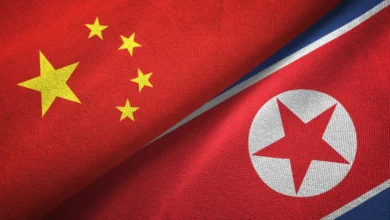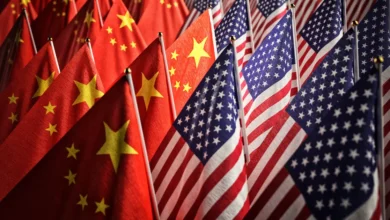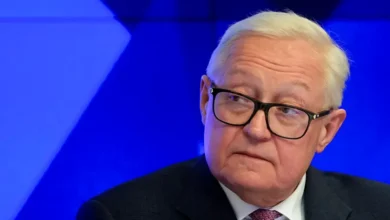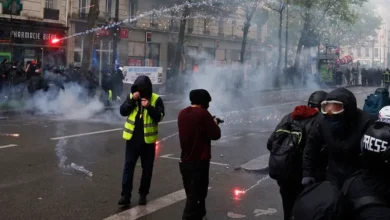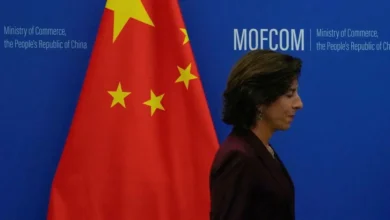The Trump economy: Slower growth, higher prices and a bigger national debt
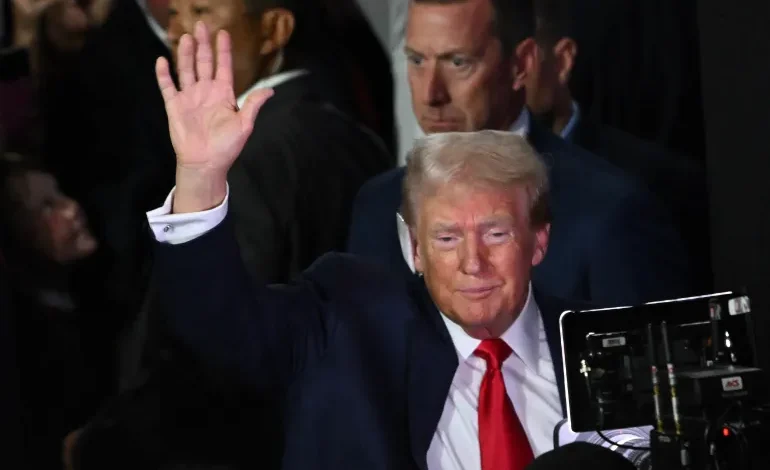
If Donald Trump is re-elected president of the United States in November, Americans can expect higher inflation, slower economic growth and a larger national debt, according to economists.
Trump’s economic agenda for a second term in office includes raising tariffs on imports, cutting taxes and deporting millions of undocumented migrants.
“Inflation will be the main impact” of a second Trump presidency, Bernard Yaros, lead US economist at Oxford Economics, told Al Jazeera.
“That’s ultimately the biggest risk. If Trump is president, tariffs are going up for sure. The question is how high do they go and how widespread are they,” Yaros said.
Trump has proposed imposing a 10 percent across-the-board tariff on all imported goods and levies of 60 percent or higher on Chinese imports.
During Trump’s first term in office from 2017 to 2021, his administration introduced tariff increases that at their peak affected about 10 percent of imports, mostly goods from China, Moody’s Analytics said in a report released in June.
Those levies nonetheless inflicted “measurable economic damage”, particularly to the agriculture, manufacturing and transportation sectors, according to the report.
“A tariff increase covering nearly all goods imports, as Trump recently proposed, goes far beyond any previous action,” Moody’s Analytics said in its report.
Businesses typically pass higher tariffs on to their customers, raising prices for consumers. They could also affect businesses’ decisions about how and where to invest.
“There are three main tenets of Trump’s campaign, and they all point in the same inflationary direction,” Matt Colyar, assistant director at Moody’s Analytics, told Al Jazeera.
“We didn’t even think of including retaliatory tariffs in our modelling because who knows how widespread and what form the tit-for-tat model could involve,” Colyar added.
‘Recession becomes a serious threat’
When the US opened its borders after the COVID-19 pandemic, the inflow of immigrants helped to ease labour shortages in a range of industries such as construction, manufacturing, leisure and hospitality.
The recovery of the labour market in turn helped to bring down inflation from its mid-2022 peak of 9.1 percent.
Adding to those inflationary concerns are Trump’s proposals to extend his 2017 tax cuts and further lower the corporate tax rate from 21 percent to 20 percent.
While Trump’s proposed tariff hikes would offset some lost revenue, they would not make up the shortfall entirely.
According to Moody’s, the US government would generate $1.7 trillion in revenue from Trump’s tariffs while his tax cuts would cost $3.4 trillion.
Yaros said government spending is also likely to rise as Republicans seek bigger defence budgets and Democrats push for greater social expenditures, further stoking inflation.
If President Joe Biden is re-elected, economists expect no philosophical change in his approach to import taxes. They think he will continue to use targeted tariff increases, much like the recently announced 100 percent tariffs on Chinese electric vehicles and solar panels, to help US companies compete with government-supported Chinese firms.
With Trump’s tax cuts set to expire in 2025, a second Biden term would see some of those cuts extended, but not all, Colyar said. Primarily, the tax cuts to higher earners like those making more than $400,000 a year would expire.
Although Biden has said he would hike corporate taxes from 21 percent to 28 percent, given the divided Congress, it is unlikely he would be able to push that through.
The contrasting economic visions of the two presidential candidates have created unwelcome uncertainty for businesses, Colyar said.
“Firms and investors are having a hard time staying on top of [their plans] given the two different ways the US elections could go,” Colyar said.
“In my entire tenure, geopolitical risk has never been such an important consideration as it is today,” he added.



